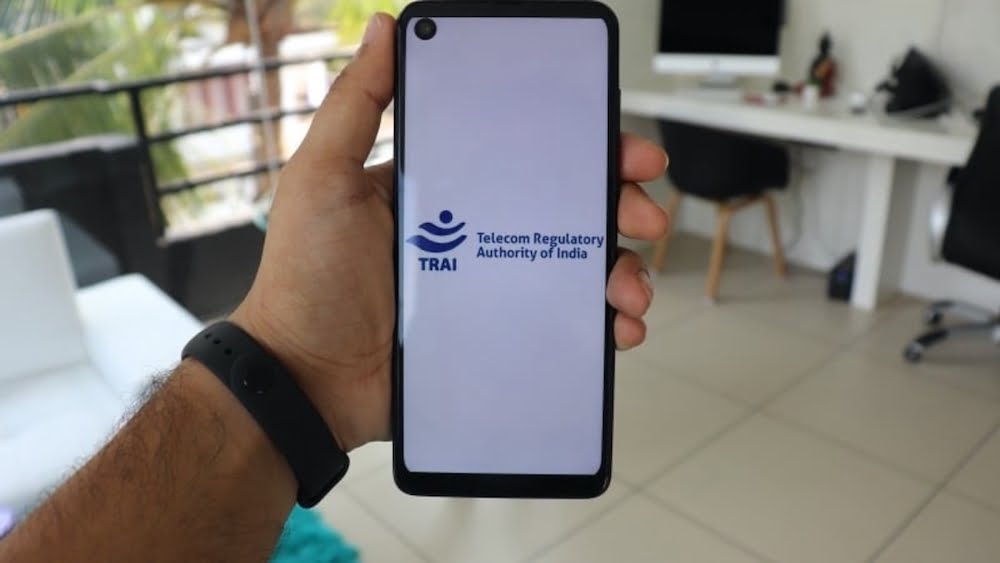
The Telecom Regulatory Authority of India (Trai) on Tuesday released a consultation paper on the Review of the Quality of Service regulation, the code of practice for metering and billing accuracy. The authority said that the Quality of Service regulation was introduced on March 21, 2006 to minimise the incidents related to billing complaints. Trai said that the Quality of Service regulation contains code of practice for metering and billing that are required to be complied by every basic service provider and cellular mobile service provider.
Trai to Consider Technological Solutions to Further Eliminate Billing Errors
The authority said that the objective of the consultation paper is to “deliberate upon the guidelines for metering and billing in the changing scenario of the telecom world.”
“The focus of the consumer has shifted from voice to data,” Trai said in a release. “Technological solutions have come up which can get the process of audit conducted in [a] more efficient and effective manner.”
In the consultation paper, the authority also said that the technology solutions could be considered for passing information to users on tariff information and usage. Trai said that the increase in data connectivity and the penetration of smartphones could pave way for the operators to pass information to users through mediums such as voice assistants and chatbots.
Trai Considering Ways Digital Medium to Provide Information
The authority highlighted that the operators are “adopting more and more e-KYC forms” than the hard copy of the customer acquisition form (CAF). Trai said that the users at times are not provided a copy of terms and conditions of service when e-KYC forms are used. The authority said that the impact is not the same in the case of users on new prepaid connections as compared to users on the new postpaid connection. Trai said that the users on the postpaid connections receive a “Welcome Letter” while the users on the prepaid “rely on the SUK” for the fine print.
“It is observed that the details provided with SUK are in very small font, which is very difficult to read, and this practice has been adopted by the service providers in order to reduce the cost and to accommodate lot of information such as the terms and conditions of the service, the grievance redressal mechanism,” Trai said in the consultation paper.
The authority said that the use of digital medium is “required to be considered” to provide information to the users.
Additionally, Trai is also seeking suggestions on the IT enabled measures that are needed to be considered for ensuring “consistency of the tariff information across different channels.” Further, the authority is also seeking views on the changes that are required in handling billing complaints by the telecom operators.















